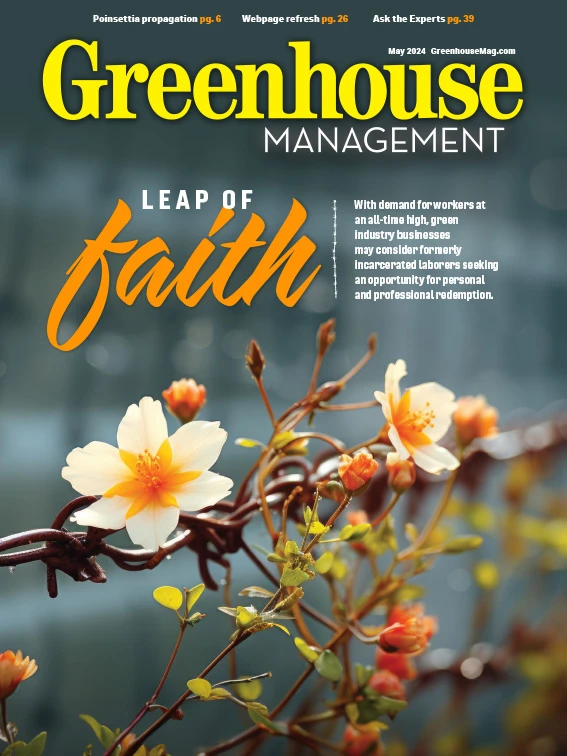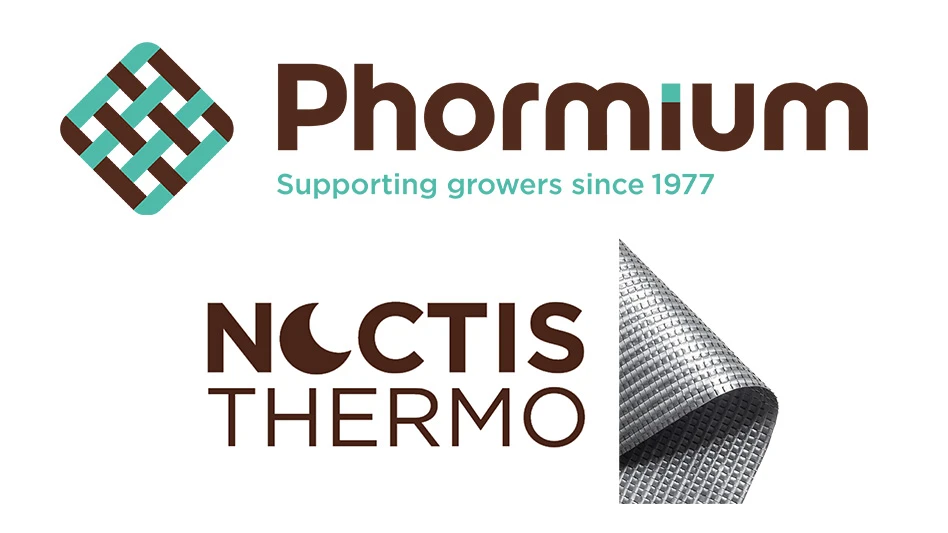

How should growers use growth regulators on hydrangeas to keep them manageable?
Many hydrangeas can be quite vigorous growers, so performance growth regulators (PGRs) are regularly used in production. For the cultivars that naturally grow larger in the landscape, or those that grow most rapidly in production, we apply two rounds of daminozide when top growth reaches two to three inches, and again every seven to 10 days after in the greenhouse. They will also get two drenches of Paclobutrazol in the standard PGR routine. There are certainly exceptions to this program depending on temperature, hours of sunlight, growing medium and more, but this can serve as a starting point. There are also plants that have different needs, especially the new Pop Star® Reblooming Hydrangea, which is so genetically compact that we only apply one round of daminozide if needed. Beyond that, it stays tight and sturdy without any PGR intervention.
What is the best method for forcing hydrangeas for early season sales?
If you live in a cooler climate and are forcing bigleaf hydrangeas for early-season sales, you must use the right liner. To take a vernalized liner into a 2-gallon pot, select your crop for the following season in May or June. Do not cut them back during the growing season, and then cut them back in October to four to five inches of stem and overwinter at 30 degrees. In late winter, remove the containers from cold storage early to force the early flowers. The timing to flower can be somewhat regional, so it will take some experimentation to hit your ship window exactly. At Bailey in Minnesota, we force our bigleaf hydrangeas at 60 degrees. Shortly before shipping, we cool the greenhouses down slightly to 55 degrees to help shelf life and overall plant quality.
What are your top hydrangea watering tips?
When watering hydrangeas in a greenhouse, be sure to do so in the morning, allowing the sun to evaporate moisture from the leaves and flower buds. Allowing moisture to sit on the buds can lead to Botrytis, which adds additional input costs and labor to fix before shipping. Once the flowers are open, any dry stress will burn the flowers first, so do not dry stress once the flowers are open, or you can lose a crop in a day.
Are there specific methods growers can use to fight disease in hydrangeas?
New hydrangeas, like those in the Endless Summer® Hydrangeas and First Editions® Shrubs & Trees collections, tend to be quite disease resistant. In fact, that’s why they were selected. The goal is to have greater natural disease resistance to reduce inputs in production and at retail and have the healthiest product in the landscape with minimal human intervention. A couple things to watch for, though, are aphids and spider mites. We recommend observing and only treat as needed. Too many preventative measures build up resistance and could have long-term negative effects.
What is the best way to ensure a variety of hydrangea colors?
Since bigleaf hydrangea flower colors can be manipulated, have a solid understanding of if you and your customers want to sell plants with blue/purple or pink/red flowers so you can amend your soil and input recipes. For blue or purple hydrangeas, a pH of 4.5-6 is a good range, with a target of 5-5.5. Remember that blue flowers only occur with this acidic soil pH and the presence of aluminum. To achieve this, apply aluminum the previous year or while the plants are dormant. Applying while the hydrangea is green isn’t as effective. If you are in a position where you’re applying while the plant is leafed out, avoid using liquid aluminum, or it can burn the foliage.

Explore the May 2024 Issue
Check out more from this issue and find your next story to read.
Latest from Greenhouse Management
- This month's Greenhouse Management magazine is about native plants and sustainability
- The HC Companies, Classic Home & Garden merge as Growscape
- Terra Nova releases new echinacea variety, 'Fringe Festival'
- Eason Horticultural Resources will now officially be known as EHR
- BioWorks receives EPA approval for new biological insecticide for thrips, aphids, whiteflies
- ScottsMiracle-Gro transfers cannabis subsidiary to focus on core lawn and garden business
- Should we start calling natives 'eco-beneficial plants'?
- Ellen Mackenbach-Lakeman appointed new CEO of Dümmen Orange






